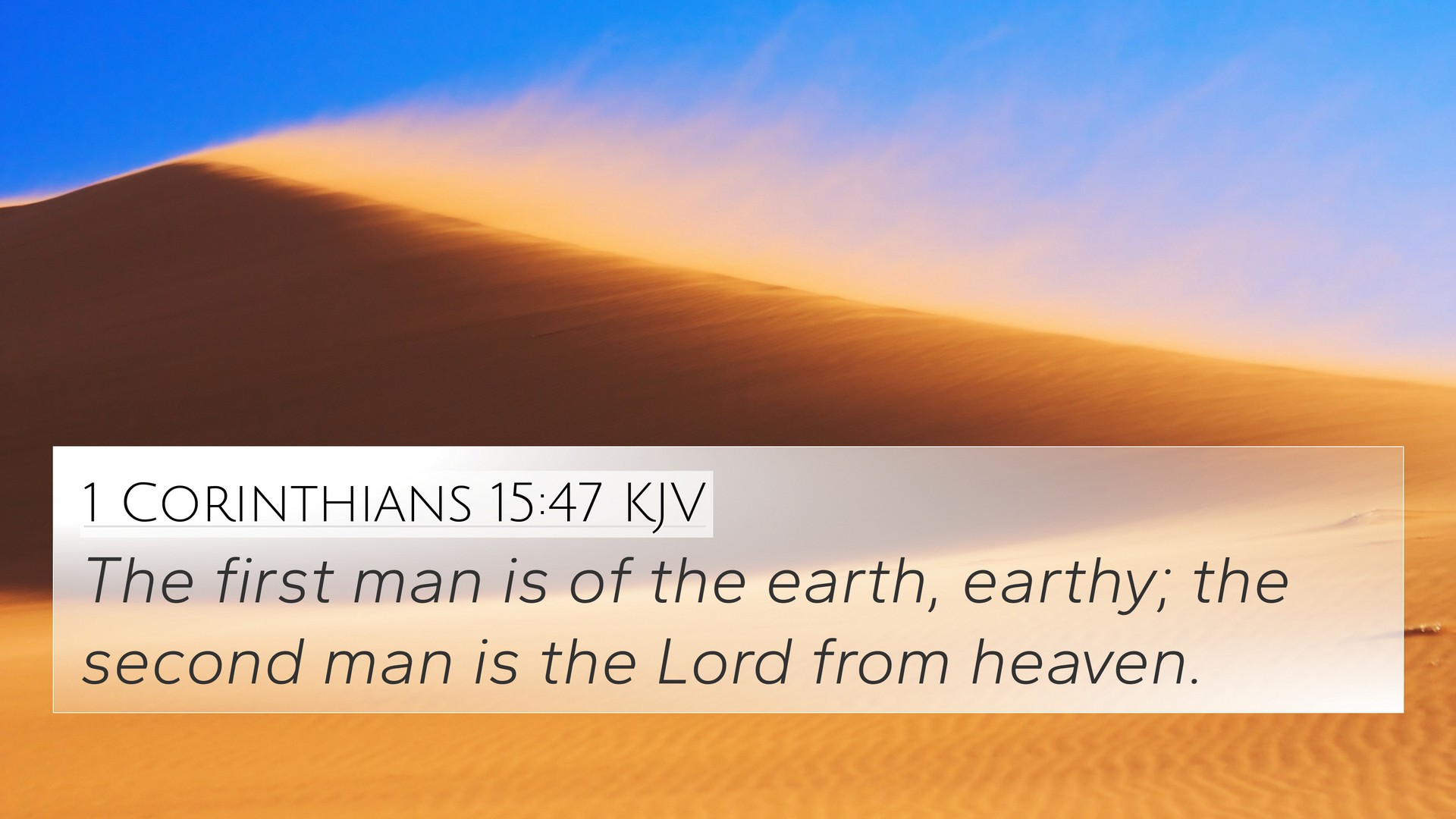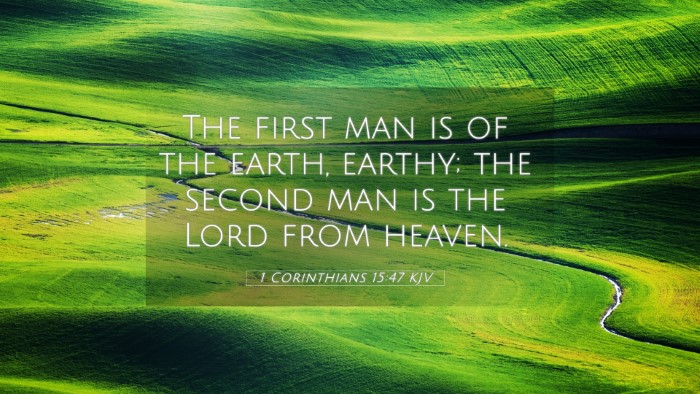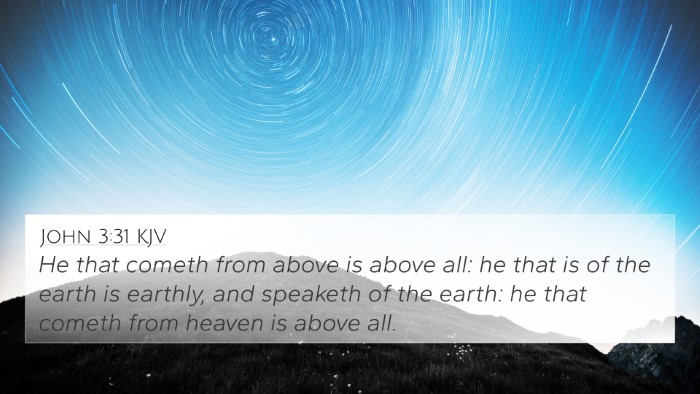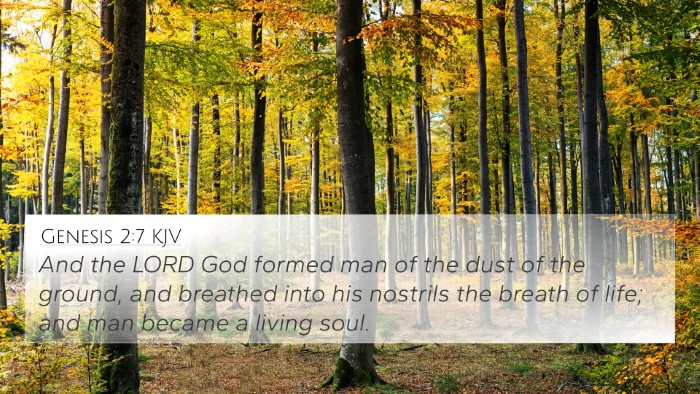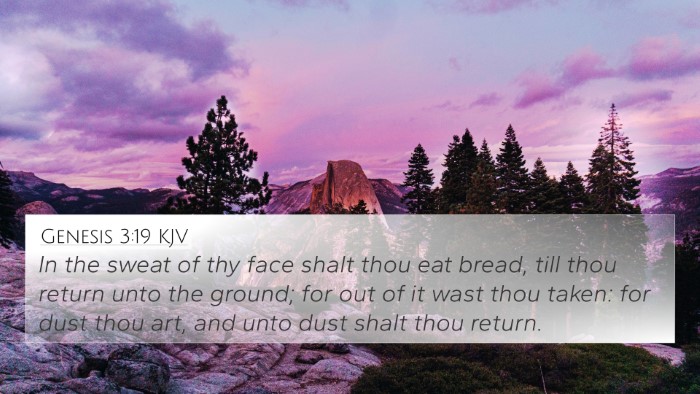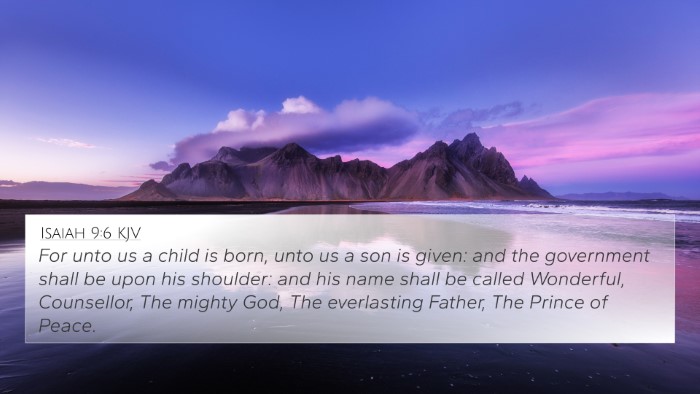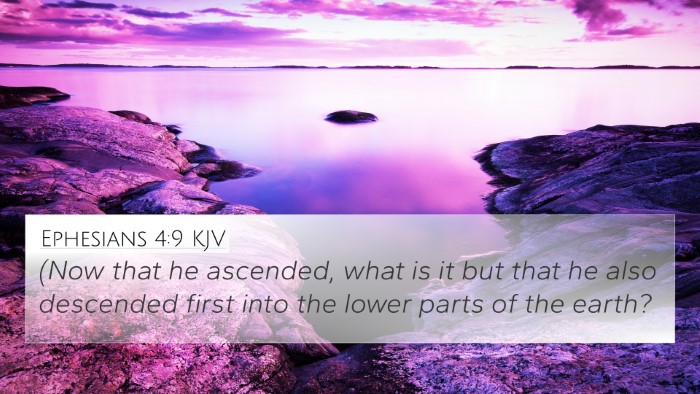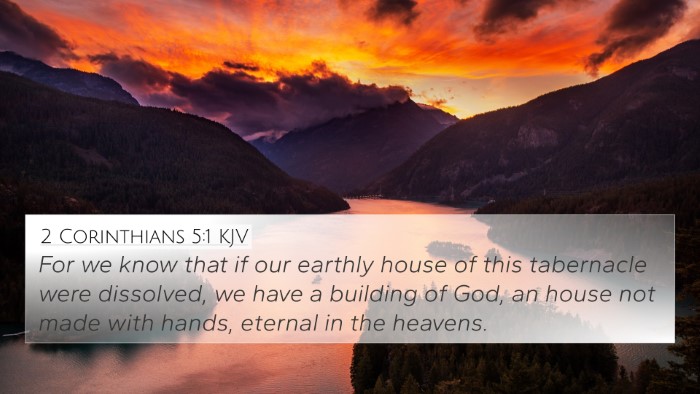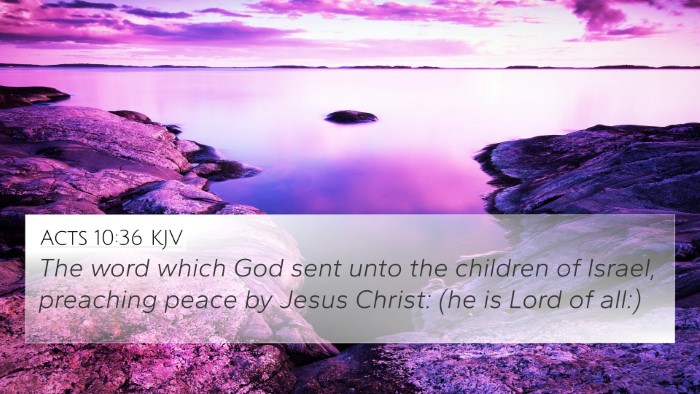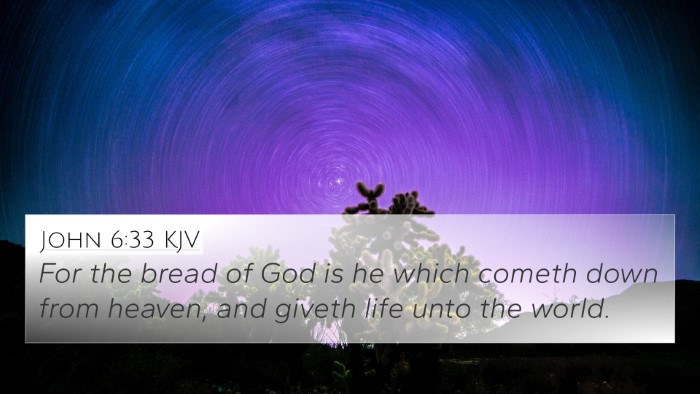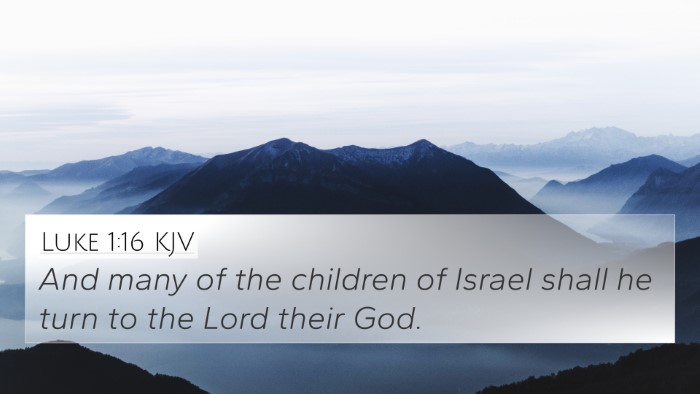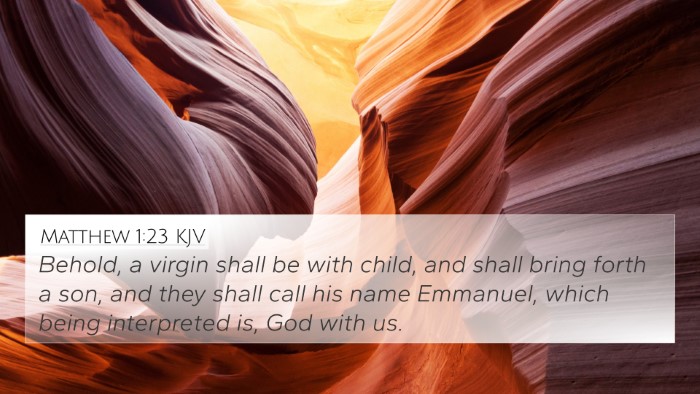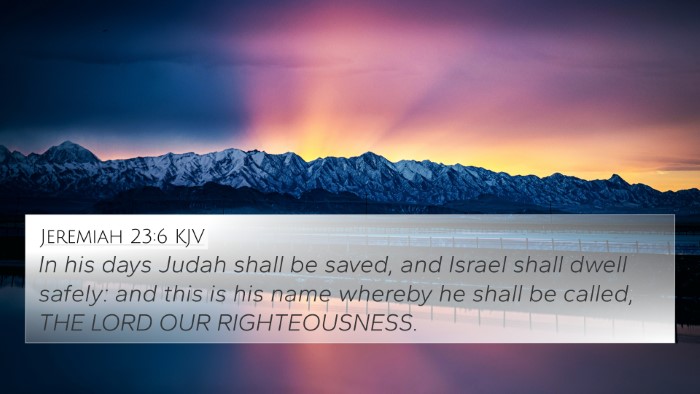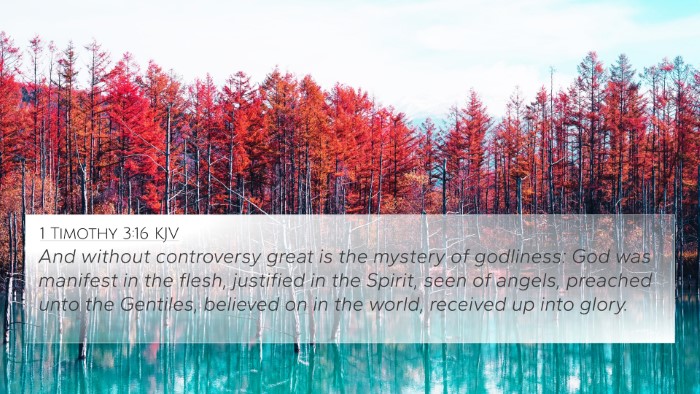Understanding 1 Corinthians 15:47
1 Corinthians 15:47 reads, "The first man is of the earth, earthy: the second man is the Lord from heaven." This verse, part of Paul's discourse on the resurrection, establishes a profound theological contrast between Adam and Christ.
Summary of Key Insights
This verse can be understood in several dimensions, emphasizing not just the identity of Jesus Christ as the Second Adam but also highlighting the implications for humanity in the context of resurrection and salvation.
Contextual Background
In the broader context of 1 Corinthians 15, Paul addresses doubts surrounding the resurrection of the dead. He contrasts the earthly nature of Adam with the eternal kingdom of Christ, setting the foundation for understanding resurrection.
Comparison of Adam and Christ
Matthew Henry notes the juxtaposition between the 'first man' and the 'second man.' Adam was created from the dust of the ground, symbolizing human frailty and sinfulness, while Christ, being divine, represents heavenly glory and the promise of eternal life.
Thematic Connections
- Earthly vs. Heavenly: The phrase "the first man is of the earth, earthy" evokes the transient quality of human life. In contrast, "the second man is the Lord from heaven" emphasizes the divine and eternal nature of Christ.
- Resurrection Hope: Albert Barnes connects this verse to the overarching theme of resurrection, noting that through Christ's resurrection, believers are promised new life.
- Spiritual Identity: Adam Clarke highlights the dual nature of believers as they transition from earthly to spiritual identities through faith in Christ.
Connections Between Bible Verses
To grasp the full implications of 1 Corinthians 15:47, it is beneficial to explore related Scripture passages:
- Genesis 2:7 - The creation of man from dust highlights the 'earthy' nature of Adam.
- Romans 5:12-21 - This passage elaborates on sin entering the world through Adam and the grace brought by Christ.
- John 3:31 - Connects to the divine nature of Christ coming from heaven.
- Philippians 3:20-21 - Talks about our citizenship in heaven, foreshadowing our transformation through Christ.
- 1 Peter 1:4 - References an inheritance that is imperishable, implying the eternal perspective in contrast to the temporal nature of human life.
- Romans 8:11 - Supports the promise of resurrection for believers through the Spirit that raised Jesus.
- Colossians 3:1-4 - Encourages believers to set their minds on things above, aligning with the heavenly aspect discussed in this verse.
Inter-Biblical Dialogue
The cross-referencing of this verse with others furthers the understanding of Paul's teachings. The theme of Christ as the Second Adam resonates throughout the New Testament, creating what could be described as an inter-Biblical dialogue.
Tools for Bible Cross-Referencing
To further explore these themes and connections, Bible study tools such as a Bible concordance or a Bible cross-reference guide can be invaluable. These tools help in:
- Identifying connections between Old and New Testament verses.
- Facilitating detailed cross-reference studies between the Gospels.
- Providing clarity on themes related to sin, resurrection, and redemption.
Conclusion
In conclusion, 1 Corinthians 15:47 encapsulates the stark contrast between the first man, Adam, and the second man, Christ. The implications of this comparison extend beyond simple theology; they enrich our understanding of our identity in Christ and the hope of resurrection. By employing tools for cross-referencing and examining related verses, one can gain a deeper appreciation for the unity and thematic connections within the Scripture.
